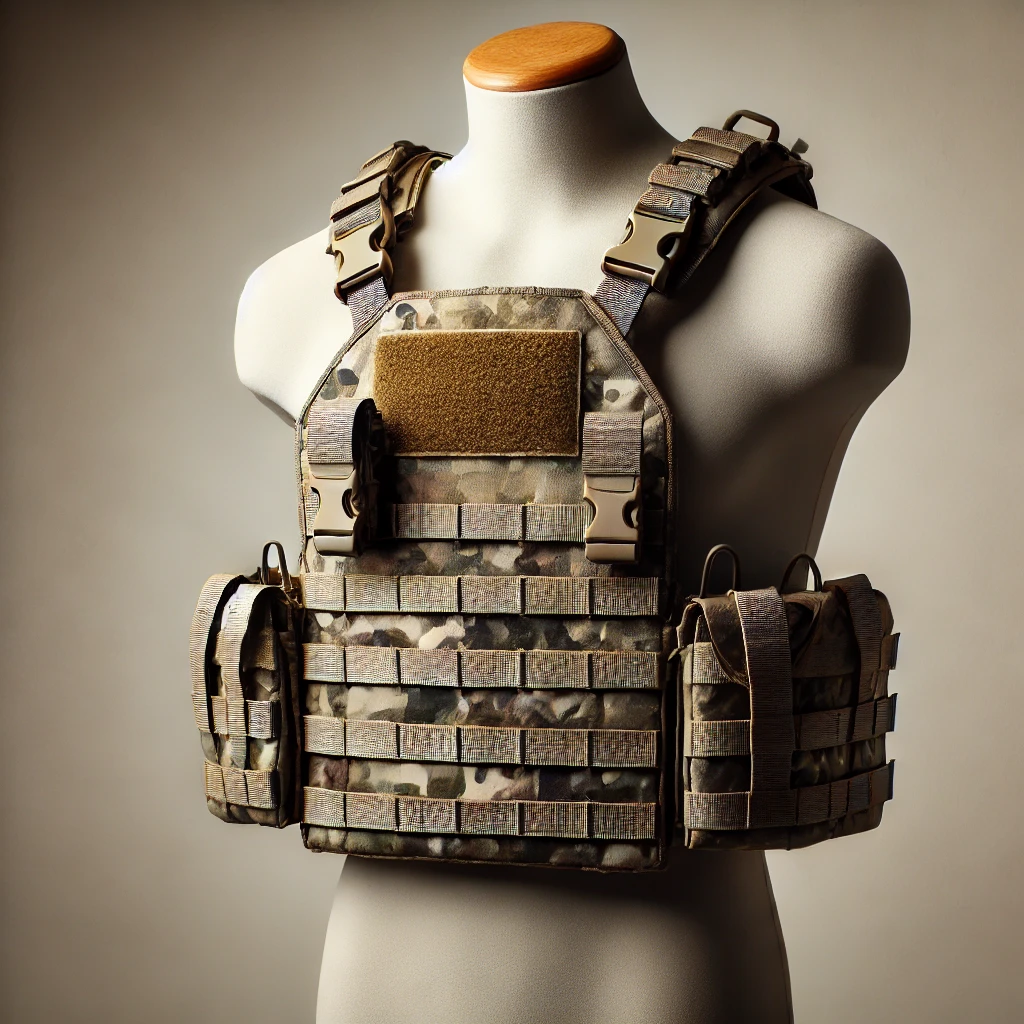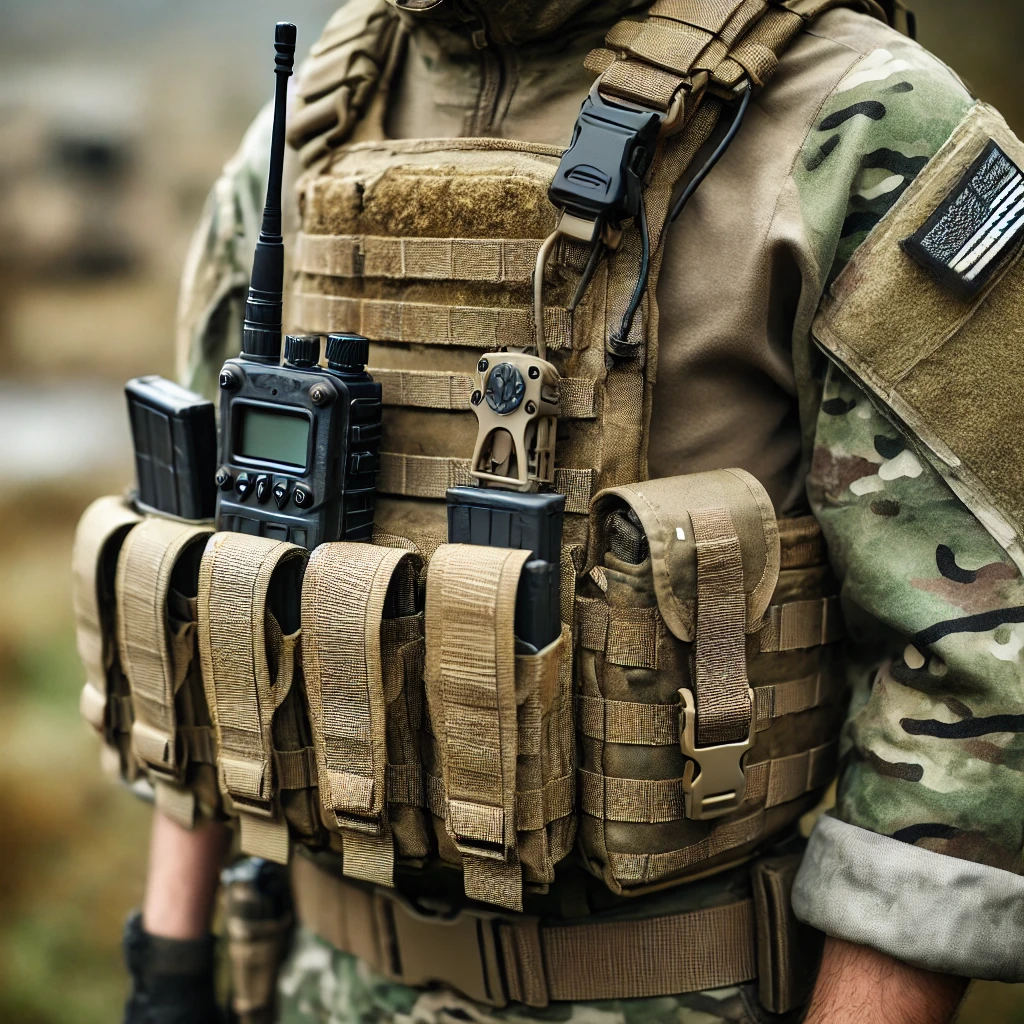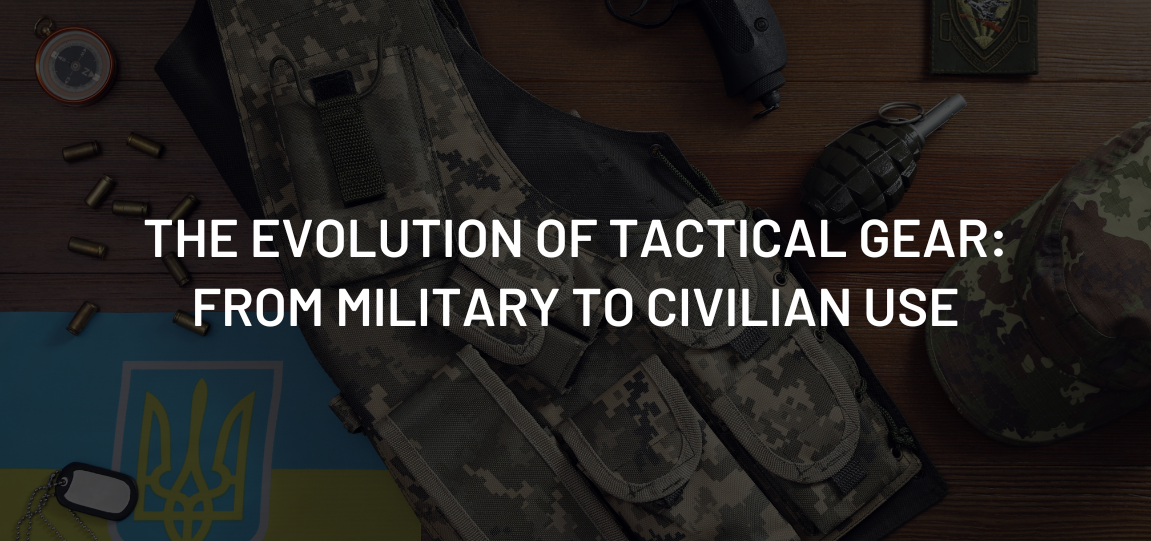The Ultimate Guide to Choosing the Right Plate Carrier for Your Needs

A plate carrier is an essential piece of tactical gear designed to provide ballistic protection while allowing for modular customization. Whether you are in the military, law enforcement, or simply a civilian preparing for emergency situations, selecting the right plate carrier is crucial. The perfect balance of mobility, protection, and comfort can enhance performance in the field, ensuring safety in high-risk environments.
In this comprehensive guide, we will explore different types of plate carriers, key features to consider, and expert tips to help you make an informed purchase. By the end, you will have a clear understanding of which plate carrier best suits your individual needs.
What is a Plate Carrier?
A plate carrier is a tactical vest designed to hold ballistic plates, offering protection against gunfire and shrapnel. Unlike standard body armor, plate carriers provide a customizable loadout, allowing users to attach pouches, holsters, and other tactical accessories via MOLLE webbing or Velcro attachments.
Plate carriers are widely used by military personnel, law enforcement agencies, security professionals, and survivalists. Their modularity makes them suitable for various situations, including combat, emergency response, hunting, and airsoft sports. Understanding the different types of plate carriers will help you choose the best one for your specific needs.

Types of Plate Carriers
Low-Profile Plate Carriers
Low-profile plate carriers are designed for those who need agility and concealment. These carriers are lightweight and provide limited coverage, making them ideal for quick-response situations, undercover operations, and law enforcement applications where mobility is a priority. While they offer less protection than larger models, they allow for increased flexibility and ease of movement.
Full-Size Plate Carriers
Full-size plate carriers are built for maximum protection, featuring reinforced ballistic panels and a high level of customizability. These carriers are commonly used by military personnel and tactical professionals who require enhanced protection in high-risk scenarios. They often come with MOLLE webbing, enabling users to attach additional pouches, med kits, and communication gear. However, their increased size and weight can limit mobility and endurance during extended use.
Heavy-Duty Plate Carriers
Heavy-duty plate carriers are specifically designed for prolonged tactical engagements and rugged environments. These models accommodate thicker, heavier armor plates, ensuring the highest level of protection. Ideal for combat soldiers and specialized law enforcement units, heavy-duty plate carriers can handle extreme conditions. Due to their weight, users should consider their endurance and the physical demands of prolonged wear before selecting this option.
Key Features to Consider
Material and Durability
When choosing a plate carrier, material quality is paramount. Look for models made from 500D or 1000D Cordura fabric, as these materials offer excellent durability and resistance to wear and tear. Reinforced stitching is essential to prevent rips under heavy load, while waterproof coatings can enhance performance in wet conditions.
Weight and Comfort
A comfortable plate carrier should balance protection with weight. Lightweight carriers improve mobility, while padded shoulder straps and an adjustable cummerbund help distribute weight evenly. Proper ventilation and moisture-wicking materials also prevent overheating during extended use.
Plate Compatibility
Not all plate carriers support every type of ballistic plate. The most common plate shapes include SAPI, ESAPI, and Shooter’s Cut. Before purchasing, ensure your carrier is compatible with your preferred plates and their thickness.
MOLLE Webbing and Customization
Many plate carriers come with MOLLE (Modular Lightweight Load-carrying Equipment) webbing, allowing users to attach essential gear such as magazine pouches, medical kits, and utility bags. Customization options ensure the carrier meets mission-specific requirements.
Quick Release System
A quick-release system is an important safety feature, especially for emergency scenarios. This mechanism allows the user to remove the carrier instantly, which is crucial in situations such as injuries, water submersion, or medical emergencies.
Pros and Cons of Plate Carriers
Advantages of Plate Carriers
Plate carriers offer superior protection against ballistic threats while remaining highly modular for tactical use. They allow users to attach essential accessories, ensuring they have everything they need within reach. Adjustable straps and ergonomic designs make them relatively comfortable when properly fitted. In addition, many plate carriers are constructed from high-durability materials, ensuring long-term use in extreme conditions.
Disadvantages of Plate Carriers
One of the biggest downsides of plate carriers is their weight, which can reduce agility, especially when fully loaded with gear and plates. Additionally, wearing a plate carrier for extended periods can lead to fatigue and overheating, particularly in hot climates. Some high-end models can also be quite expensive, making them a significant investment.
How to Choose the Right Plate Carrier for Your Needs
Selecting the right plate carrier requires evaluating your specific needs and environment. Here’s a step-by-step guide:
- Determine Your Purpose – Consider whether you need the plate carrier for military use, law enforcement, personal protection, or outdoor activities.
- Evaluate Protection Levels – Choose plates that match your desired level of ballistic protection.
- Check Fit and Adjustability – Ensure the carrier fits snugly but allows freedom of movement.
- Balance Weight vs. Protection – Opt for lightweight materials if mobility is a priority.
- Consider Customization Options – Look for MOLLE webbing and attachment points for additional gear.
- Assess the Quick-Release System – Ensure you can quickly remove the carrier in emergency situations.










Leave a Reply